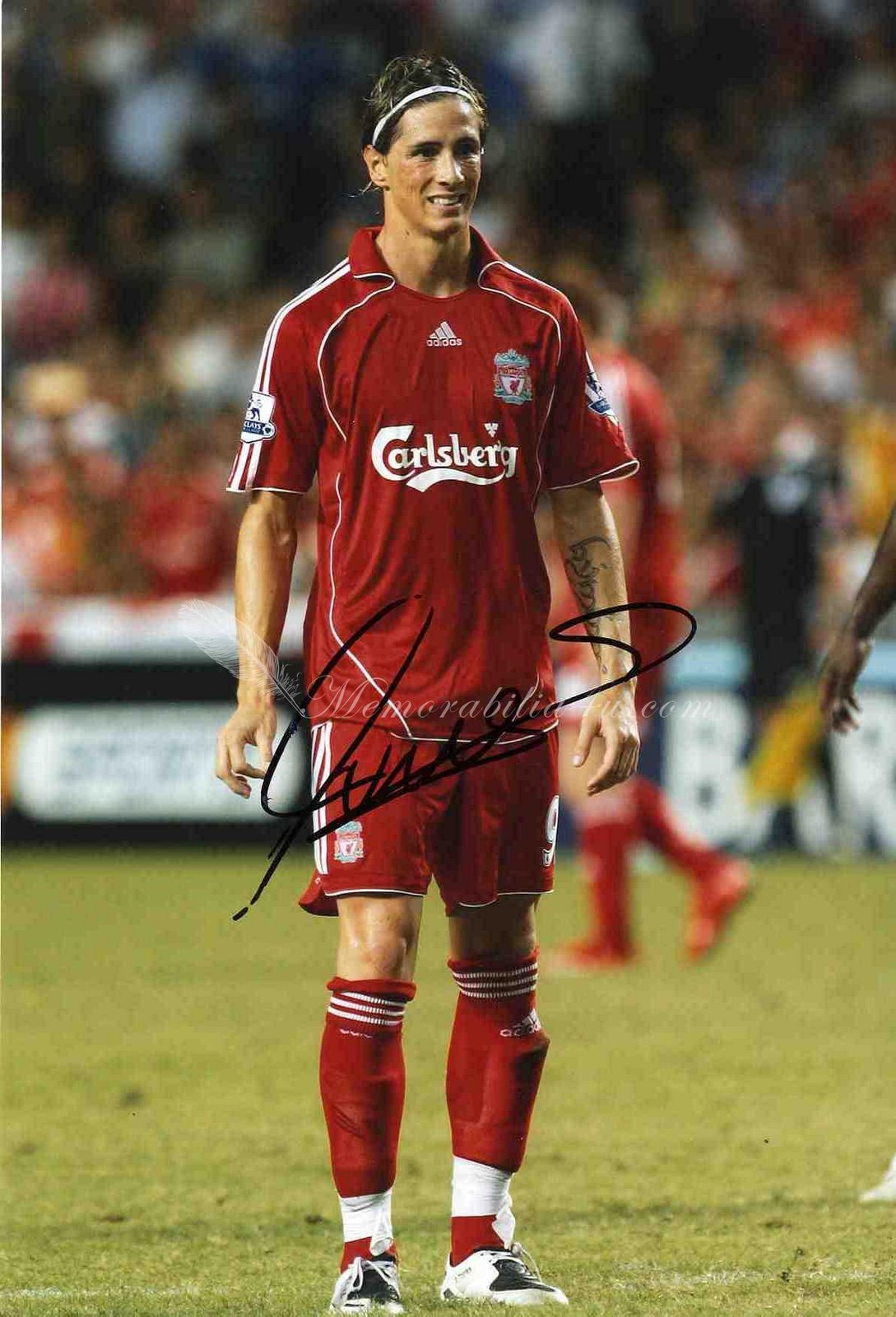A doctor has described the moment medics realised they had lost the battle to save Diana, Princess of Wales.
The inquest into the Princess’s death was told that staff at the Pitie-Salpetriere Hospital in Paris constantly carried out cardiac massage as surgeons tried to repair a ruptured blood vessel next to her heart which was causing massive internal bleeding. But after repeated electric shocks also failed to revive the Princess, doctors accepted they could do no more to save her life. Anaesthetist Daniel Eyraud said in a statement read to hearing at the Royal Courts of Justice in London: “We decided by common consent to stop heart massage as it was completely impossible to restore cardiac activity after such a long period of arrest. “From that point, the Princess was pronounced dead. I personally believe we did everything possible to save the Princess with the appropriate means.” The jury has already been told that Diana went into cardiac arrest at around 2.10am and was finally pronounced dead at 4am. Diana had suffered massive internal injuries when the car in which she was a passenger crashed in the Alma underpass at around 12.25am on August 31, 1997. The “compressive right haemothorax” in turn put pressure on the Princess’s right lung and her heart, Dr Eyraud explained. Her heart stopped for the first time as she was taken out of the wreck of the Mercedes by emergency service staff at around 1am. Immediate cardiac massage was applied and her heart restarted. But as she was being taken to hospital by ambulance, her condition deteriorated again and the vehicle had to be stopped to allow a doctor to work on her, the court heard. By the time she arrived at the hospital, staff were on hand, ready for a “worst case scenario”, the anaesthetist said. Diana was already unconscious and, although she did have a heartbeat, she quickly needed artificial help to breathe. “Upon her arrival, the Princess was 'intubated-ventilated’ which means that a piece of apparatus was making her breathe,” Dr Eyraud said. “She was unconscious, I’m positive of that, and on artificial respiration. “She was in shock, but nevertheless had a heart rhythm. “This means that her blood pressure was very low but that her heart was still beating.” Ambulance driver Michel Massebeuf said in a statement that he had driven slowly to the hospital on the orders of the doctor in the ambulance. Conspiracy theorists have claimed that Diana’s journey to hospital was deliberately slowed down as part of a plot to murder her, but Mr Massebeuf said: “Driving slowly is a rule, the sole objective of which is to preserve a casualty where necessary.” A short distance from the hospital the doctor asked him to stop so he could administer emergency treatment after Diana’s blood pressure dropped, he added. The hearing continues. |

No comments:
Post a Comment